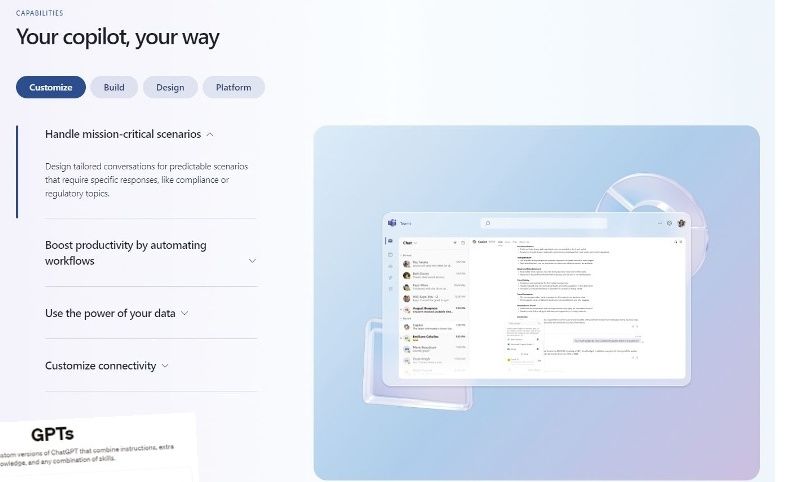Why you can trust TechRadar
We spend hours testing every product or service we review, so you can be sure you’re buying the best. Find out more about how we test.
This review first appeared in issue 355 of PC Pro.
Copilot has three main uses in Word: creating a draft for either an entire document or for sections of it, based on a prompt of up to 2,000 characters; rewriting selected text according to a prompt; and answering questions about a document’s content, including summarizing it.
When you create a new document in Word, you’ll see how much Microsoft wants you to draft using Copilot: it’s the first thing you see. And any time you make a new paragraph, the Copilot icon shows up in the left margin, letting you input a prompt to write a new section. If you select text, the icon shows up with an option to rewrite the selection. There’s also a Copilot icon in the Home toolbar, which opens a sidebar so you can ask questions about the open document, summarize it, or write additional parts.
The output quality of any big language model depends on the prompt you provide. If you aren’t specific or clear enough, Copilot Pro will produce dull texts that don’t match your voice. You must give sufficient details and context for it to understand your purpose and style, as well as information about the preferences of the audience, all of which can be tricky in a prompt limited to 2,000 characters.
Occasionally, it’s vague, drifts off-topic, or entirely ignores explicit instructions – for example, about word counts or facts you have told it to include. You must check and edit the texts that Copilot Pro writes to make sure they’re right for your goal and audience.
Copilot has its own little linguistic ticks, which you will probably need to be explicit about in prompts. It absolutely adores bullet-pointed lists, and will include them every time unless you tell it not to. Similarly, and likely reflecting the web content on which it’s trained, it loves to include “hints and tips” sections in virtually every kind of content.
Rewriting is also erratic. Although its grammar is impeccable (albeit with a penchant for the Oxford comma and American spellings), Copilot won’t catch and fix all the problems in your paragraphs; think coherence, structure and flow. It’s no replacement for a dedicated tool such as Grammarly or LanguageTool. I even found that Copilot added in things that Microsoft Editor thought were errors.
Copilot can still be handy in Word if you use it for what it’s good at. For example, instead of making it write a whole document, ask it to create an outline for you to work. This delivers solid results, and if nothing else avoids the blank sheet of paper issue.
I also found it handy to keep the sidebar open when working on a long piece; in one case, I needed to make sure that every chapter included a call to action at the end, and that’s something Copilot is great at. It’s also handy for those moments when you want to get suggestions for something, whether that’s as trivial as looking for an antonym or as complex as “give me five typical Russian male first names, popular in the 1950s”.
Considering that this is Microsoft’s first stab at Copilot for Word, it’s an impressive piece of work.
We also rated the best online learning platforms.
Read the full article here















